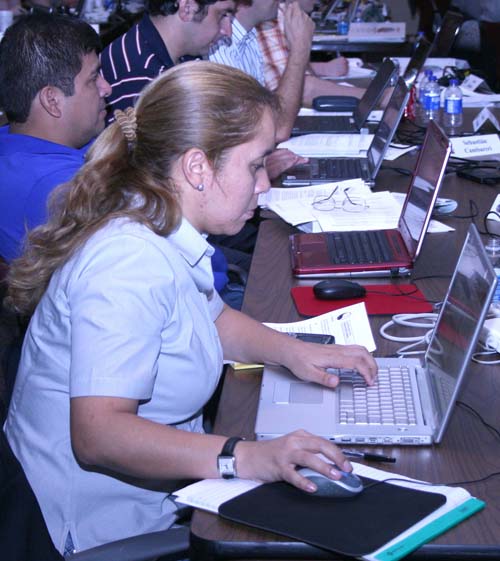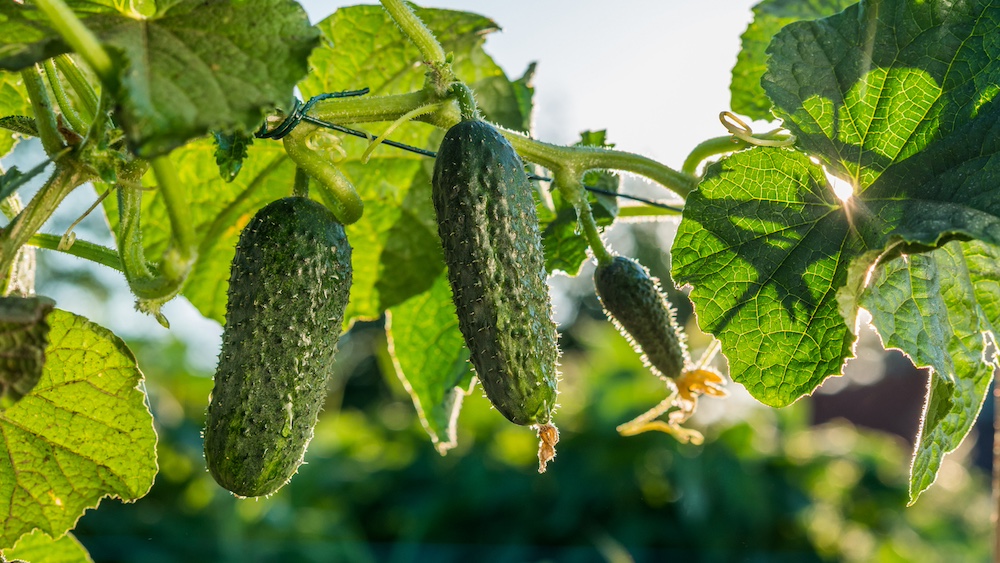Farmville and Farmtown computer programs lets people pretend to be farmers. A program developed by university scientists lets researchers grow virtual crops, too, but in a real effort to advise farmers on how to save money and resources.
The program is called Decision Support System for Agrotechnology Transfer, or DSSAT. It was created by a team of agricultural scientists from the universities of Georgia, Florida, Hawaii, Guelph in Ontario, Canada, Iowa State University and the International Center for Soil Fertility and Agricultural Development.
Helps save resources
Researchers use the system to make crucial decisions based on sound science. In Georgia, for example, the Georgia Environmental Protection Division used it to estimate water requirements for irrigation, said Gerrit Hoogenboom, a UGA agricultural meteorologist who helped develop the software.
The DSSAT program works for soybean, peanut, tomato, green bean, pepper, sweet corn, cabbage, rice, wheat, barley, cotton, potato, pasture grasses and numerous other crops. It simulates crop growth, yield and water and nutrient requirements for the crops.
Planning for weather phases
Working with county Extension agents, researchers use it to help farmers respond to and prepare for the probability of particular weather phases, Hoogenboom said.
The program can even help countries prepare for climate change, said Cheryl Porter, a UFL researcher who keeps the software up to date.
“DSSAT can help answer these kinds of questions: How will a country have to adapt to rising temperatures or reduced rainfall? Should they plant earlier? Fertilizer more? Grow a different crop or variety of crop?” she said.
Making research-based decisions
The software can predict the effects of environmental impacts like fertilizer runoff in waterways or economic impacts like how altering irrigation or fertilizer schedules will affect farmer profits.
“Crop models can help answer ‘what if’ scenarios that may be too expensive or complicated to answer with field experiments alone,” Porter said. “And many different scenarios can be simulated in a short amount of time, allowing a researcher to see the effects of a wide range of environmental conditions.”
In West Africa, crop models show the practice of increasing fertilizer and leaving crop residues in fields gradually increases the amount of carbon in the soil there, she said.
UGA hosts software training session
Top agricultural scientists from across the United States and the world met on the UGA campus in Griffin, Ga., this month to receive hands-on training from the system’s developers.
Researcher Kai Sonder of CIMMYT plans to use the software to simulate maize and wheat production in Asia, Latin America and sub-Saharan Africa. CIMMYT is a non-profit research and training center.
“I hope to use (the software) to add value to a large amount of maize and wheat research data CIMMYT has collected over the past 40 years,” he said.
An Auburn University graduate student who attended the training will use it to predict the effects of climate change on wheat crops in Alabama. A graduate student from Michigan State University will use it to simulate future crop yields in the Great Lakes region. A Princeton University researcher plans to use the program to model the impacts of climate change on crops in South Africa and to create potential land use scenarios.
For more information on crop modeling, go to the website www.ICASA.net .








